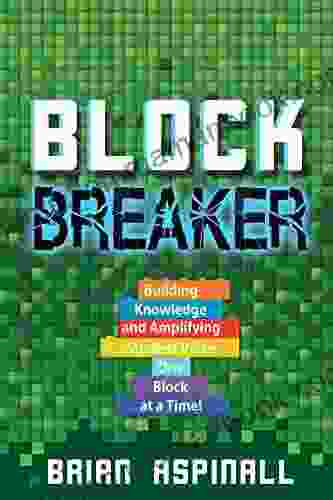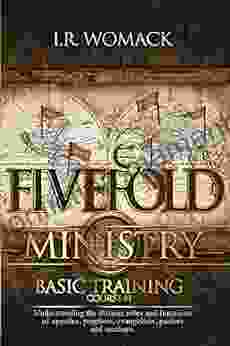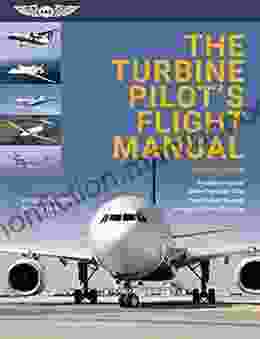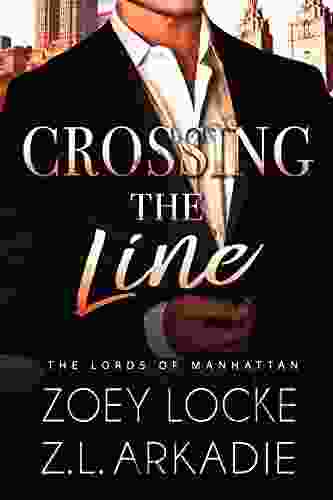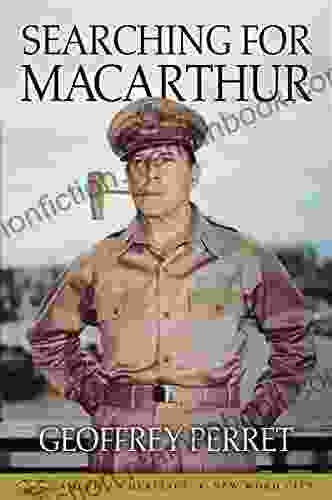Building Knowledge and Amplifying Student Voice One Block at a Time: A Comprehensive Exploration of Community-Based Learning

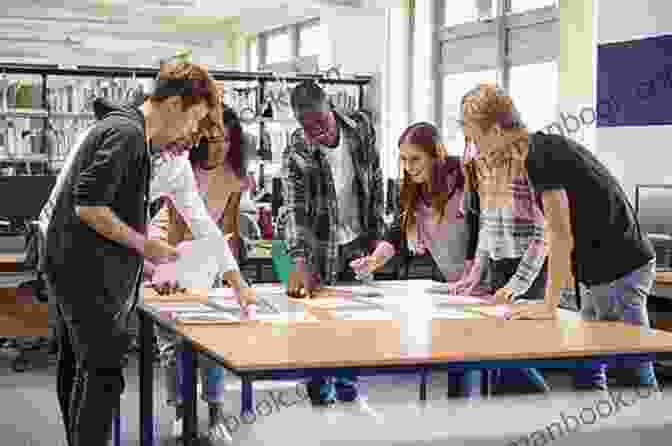
The traditional classroom model is rapidly evolving, giving way to innovative and impactful educational approaches that extend beyond the confines of school walls. Community-based learning (CBL) has emerged as a transformative pedagogy that immerses students in real-world experiences, fostering their critical thinking, problem-solving, and civic engagement skills. This article delves into the multifaceted benefits and practical implementation of CBL, showcasing its profound impact on student learning and community development.
4.7 out of 5
| Language | : | English |
| File size | : | 1063 KB |
| Text-to-Speech | : | Enabled |
| Screen Reader | : | Supported |
| Enhanced typesetting | : | Enabled |
| Word Wise | : | Enabled |
| Print length | : | 188 pages |
| Lending | : | Enabled |
Defining Community-Based Learning
CBL, also known as service-learning or experiential learning, is an educational approach that integrates academic instruction with meaningful community engagement. Students actively participate in projects and initiatives that address local issues, working alongside community members to make a tangible difference. CBL differs from traditional classroom-based learning in several key ways:
- Immersive experience: Students are immersed in the community, interacting with diverse individuals and witnessing the impact of societal issues firsthand.
- Problem-based focus: CBL projects are centered around real-world problems, challenging students to apply their academic knowledge and develop practical solutions.
- Community collaboration: Students collaborate with community organizations, agencies, and local residents to address community needs.
- Reflection and evaluation: Students engage in ongoing reflection and evaluation of their experiences, connecting them to academic concepts and their own personal growth.
Benefits of Community-Based Learning
CBL offers a multitude of benefits for both students and the community. These include:
Student Benefits
- Enhanced critical thinking and problem-solving: By engaging with real-world issues, students develop the ability to analyze complex problems, identify viable solutions, and make informed decisions.
- Deepened understanding of academic content: CBL provides a context for students to apply their theoretical knowledge in a practical setting, solidifying their comprehension and retention of the material.
- Strengthened communication and collaboration skills: Students learn to communicate effectively with individuals from diverse backgrounds, foster relationships, and work collaboratively in teams.
- Developed civic engagement and social responsibility: CBL instills in students a sense of responsibility towards their community, empowering them to participate actively in civic affairs and address local challenges.
- Personal growth and maturity: By stepping outside their comfort zones and engaging with the community, students gain confidence, become more resilient, and develop a greater sense of purpose.
Community Benefits
- Local problem-solving: CBL provides an avenue for communities to engage with students, share their challenges, and collaborate on solutions that address local needs.
- Strengthened community-university partnerships: CBL fosters mutually beneficial relationships between universities and the surrounding communities, fostering a sense of interdependence and shared responsibility.
- Capacity building: CBL projects can support the development and strengthening of local organizations, initiatives, and services.
- Economic development: By addressing community needs, CBL projects can contribute to local economic development and revitalization.
- Community building: CBL encourages interaction and collaboration among community members, bridging divides and fostering a sense of community belonging.
Implementing Community-Based Learning
Effective implementation of CBL requires careful planning, collaboration, and community engagement. Key steps include:
1. Identifying Community Partners
Establish relationships with local organizations, agencies, and residents to identify community needs and opportunities for collaboration.
2. Project Development
Design CBL projects that are aligned with academic learning objectives, meet community needs, and are feasible within the time and resources available.
3. Student Engagement
Provide students with clear expectations, support, and guidance throughout the CBL experience. Encourage active participation, reflection, and self-evaluation.
4. Community Engagement
Foster meaningful partnerships with community members, respecting their perspectives and involving them in project planning, implementation, and evaluation.
5. Assessment and Evaluation
Develop assessment tools that measure student learning outcomes, community impact, and the effectiveness of the CBL project.
Case Studies
Numerous successful CBL programs demonstrate the transformative impact of this approach:
- University of North Carolina at Chapel Hill: Students partner with local non-profits to address issues of food insecurity, homelessness, and environmental sustainability.
- Michigan State University: Students work with community organizations to develop and implement programs that promote health and wellness in underserved communities.
- Portland State University: Students engage in projects that focus on urban planning, environmental justice, and community development in the Portland metropolitan area.
Community-based learning is a powerful educational approach that transforms students into active citizens while making a tangible difference in the community. By immersing students in real-world experiences, CBL fosters critical thinking, problem-solving, civic engagement, and a deep understanding of academic content. Through collaboration and partnership, universities and communities can harness the transformative potential of CBL, empowering students to become agents of change and building a more just and equitable society.
4.7 out of 5
| Language | : | English |
| File size | : | 1063 KB |
| Text-to-Speech | : | Enabled |
| Screen Reader | : | Supported |
| Enhanced typesetting | : | Enabled |
| Word Wise | : | Enabled |
| Print length | : | 188 pages |
| Lending | : | Enabled |
Do you want to contribute by writing guest posts on this blog?
Please contact us and send us a resume of previous articles that you have written.
 Top Book
Top Book Novel
Novel Fiction
Fiction Nonfiction
Nonfiction Literature
Literature Paperback
Paperback Hardcover
Hardcover E-book
E-book Audiobook
Audiobook Bestseller
Bestseller Classic
Classic Mystery
Mystery Thriller
Thriller Romance
Romance Fantasy
Fantasy Science Fiction
Science Fiction Biography
Biography Memoir
Memoir Autobiography
Autobiography Poetry
Poetry Drama
Drama Historical Fiction
Historical Fiction Self-help
Self-help Young Adult
Young Adult Childrens Books
Childrens Books Graphic Novel
Graphic Novel Anthology
Anthology Series
Series Encyclopedia
Encyclopedia Reference
Reference Guidebook
Guidebook Textbook
Textbook Workbook
Workbook Journal
Journal Diary
Diary Manuscript
Manuscript Folio
Folio Pulp Fiction
Pulp Fiction Short Stories
Short Stories Fairy Tales
Fairy Tales Fables
Fables Mythology
Mythology Philosophy
Philosophy Religion
Religion Spirituality
Spirituality Essays
Essays Critique
Critique Commentary
Commentary Glossary
Glossary Bibliography
Bibliography Index
Index Table of Contents
Table of Contents Preface
Preface Introduction
Introduction Foreword
Foreword Afterword
Afterword Appendices
Appendices Annotations
Annotations Footnotes
Footnotes Epilogue
Epilogue Prologue
Prologue Ronnee Yashon
Ronnee Yashon Z L Arkadie
Z L Arkadie Zadie Smith
Zadie Smith Gill Blanchard
Gill Blanchard Dr Andy Johnson
Dr Andy Johnson Dancing Dolphin Patterns
Dancing Dolphin Patterns Merwan Mehta
Merwan Mehta Margo Jefferson
Margo Jefferson Peter Midgley
Peter Midgley Nico Tortorella
Nico Tortorella Emily Josephine
Emily Josephine Lorina Stephens
Lorina Stephens Jane K Brown
Jane K Brown Jimmy Moncrief
Jimmy Moncrief Julianne Bosch
Julianne Bosch Brian Aspinall
Brian Aspinall Brennan Barnard
Brennan Barnard Sophie Haydon
Sophie Haydon Jen Reich
Jen Reich Mary Ann Littrell
Mary Ann Littrell
Light bulbAdvertise smarter! Our strategic ad space ensures maximum exposure. Reserve your spot today!
 Brent FosterFollow ·8.2k
Brent FosterFollow ·8.2k Branden SimmonsFollow ·6k
Branden SimmonsFollow ·6k Harvey BellFollow ·5.6k
Harvey BellFollow ·5.6k Colin RichardsonFollow ·19.5k
Colin RichardsonFollow ·19.5k Joseph HellerFollow ·15.5k
Joseph HellerFollow ·15.5k Trevor BellFollow ·6.2k
Trevor BellFollow ·6.2k Yukio MishimaFollow ·5.1k
Yukio MishimaFollow ·5.1k Hugh BellFollow ·3.8k
Hugh BellFollow ·3.8k
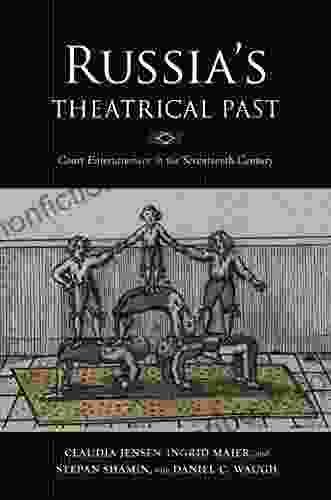
 Steve Carter
Steve CarterUnveiling the Rich Theatrical Tapestry of Russia: A...
Origins and Early...
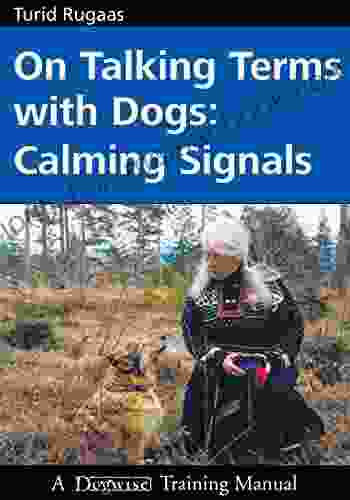
 Frank Butler
Frank ButlerOn Talking Terms With Dogs: Calming Signals and the...
For centuries, dogs have...
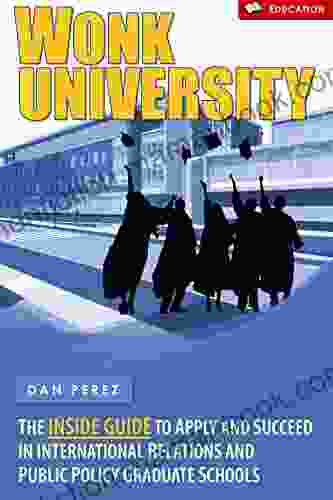
 Leo Tolstoy
Leo TolstoyThe Inside Guide to Applying and Succeeding in...
Applying to...
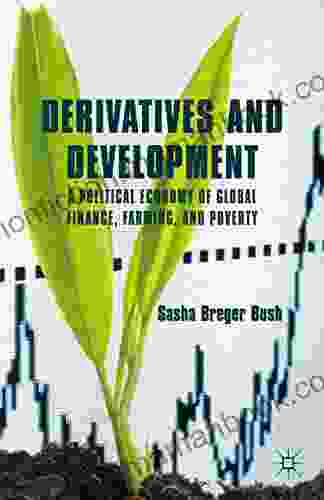
 Cole Powell
Cole PowellThe Political Economy of Global Finance, Farming and...
The global...
4.7 out of 5
| Language | : | English |
| File size | : | 1063 KB |
| Text-to-Speech | : | Enabled |
| Screen Reader | : | Supported |
| Enhanced typesetting | : | Enabled |
| Word Wise | : | Enabled |
| Print length | : | 188 pages |
| Lending | : | Enabled |


